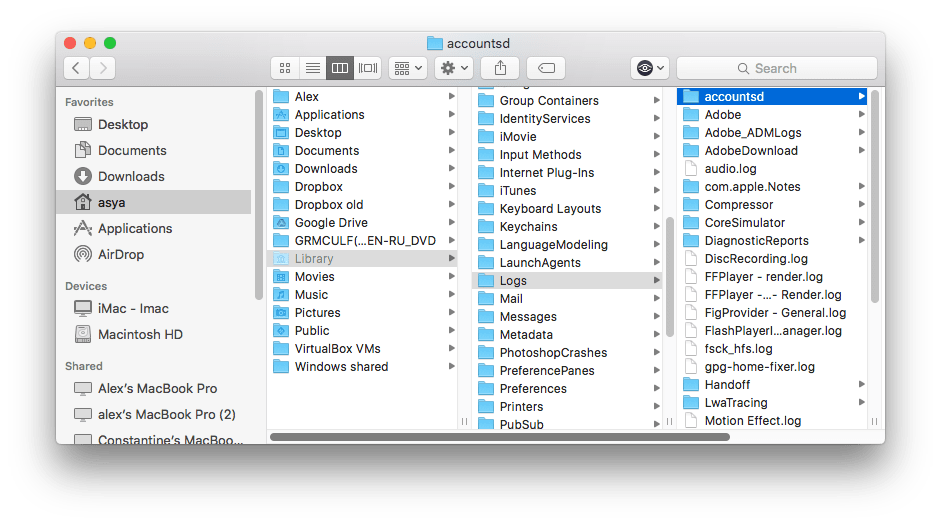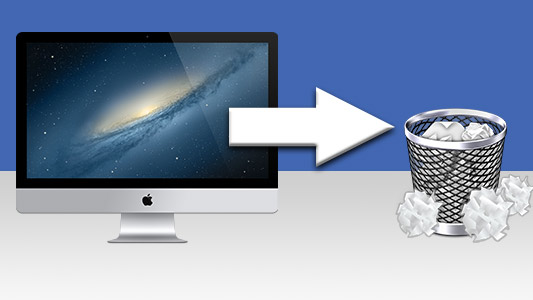

In the last few days, I’ve installed large updates to over a dozen major apps, including a huge update to Xcode. Updates to macOS inevitably bring updates to apps with them. This process is also cumulative: so long as we keep that snapshot of the volume, further changes which might replace the two blue segments will require the whole of the original version 1.0 to be retained.

If, after making that snapshot, we’d removed MyApp 1.0 instead of updating it, then the snapshot would need the whole file to be retained if it were to be able to restore the volume to its state when that snapshot was made. This gets worse when we delete files altogether. If we’re going to be able to roll back to that snapshot, the chunk of MyApp which was replaced in the update has to be kept ready, as it would need to be restored as part of the snapshot. A little later, we update MyApp to version 2.0, which replaces around a third of the original app. When version 1.0 of MyApp is installed, Time Machine, Carbon Copy Cloner, SuperDuper! or other backup software then makes a snapshot of that volume.

Suppose we have a large app MyApp (which we’ll treat here as if it’s actually a single file rather than a bundle). It also needs to keep storage blocks which have changed since the snapshot was taken. Of course, it’s not just the file system metadata – details about all the files and folders on a volume – which need to be preserved by that snapshot. That can then be used to look back to, so you could, for example, decide to roll your Mac back to the way it was a couple of hours ago. When you, or backup software including Time Machine, make a snapshot, the file system stores a complete copy of its metadata at that instant, which in itself is relatively small. The underlying concept is simple, but its implications readily get confusing. System and app updates therefore might replace a great many files, but their effect on free disk space was usually relatively small.ĪPFS is far from traditional, and uses lots of tricks, of which the most relevant here are snapshots. If there’s no change in size, then that has no effect on free space. Update a file and the old copy goes away, to be replaced by the new version. Most of us were brought up using more traditional file systems, such as HFS+ on Macs. The answer isn’t in the Storage section of About This Mac, though, which could leave you more puzzled than you are already. For a 3 GB update? This article looks at where all that free space went, and how to get back on an even keel again. Every few days I check how mine are doing, but after updating to Big Sur 11.1, I was shocked to see that it had apparently consumed another 50 GB. Keeping your Mac up to date focusses your attention on the shrinking free space on your startup volumes.


 0 kommentar(er)
0 kommentar(er)
